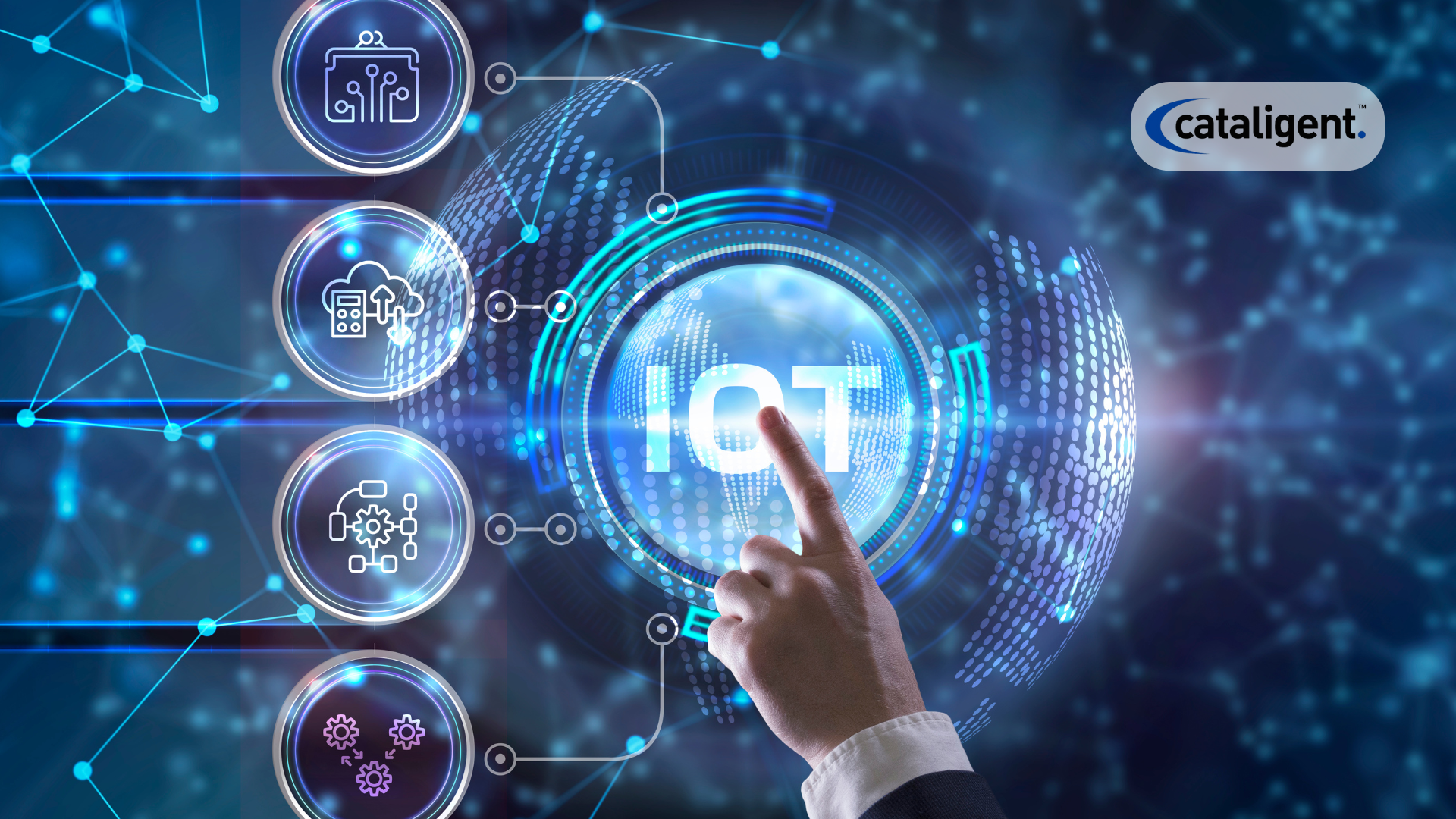What is Internet of Things (IoT)?
Introduction
The Internet of Things (IoT) is transforming the business landscape by connecting devices, collecting real-time data, and enabling smarter decision-making. IoT refers to a network of interconnected devices that communicate and exchange data without human intervention. From smart homes to industrial automation, IoT is reshaping industries and enhancing operational efficiency.
This document explores the role of IoT in business transformation, its key components, benefits, challenges, and future trends.
What is IoT?
IoT refers to a network of physical devices embedded with sensors, software, and connectivity, enabling them to collect and exchange data. These devices range from everyday household items like smart thermostats to complex industrial machinery. The IoT ecosystem is rapidly expanding, with billions of connected devices generating massive amounts of data that can be leveraged for insights and automation.
Key Components of IoT
- Devices & Sensors: IoT devices collect data through embedded sensors that measure temperature, humidity, motion, and more.
- Connectivity: Devices communicate via Wi-Fi, Bluetooth, 5G, LPWAN, or satellite connections.
- Cloud Computing: Data is processed and analyzed in cloud-based platforms, providing storage and computational power.
- Edge Computing: Data is processed closer to the source to reduce latency and improve response times.
- Artificial Intelligence & Analytics: AI-driven insights help businesses make real-time decisions and automate processes.
- User Interfaces: Applications and dashboards allow users to monitor and control IoT devices remotely.
The Role of IoT in Business Transformation
1. Enhanced Operational Efficiency
IoT automates business processes, reduces downtime, and optimizes resource utilization. Connected devices enable businesses to track real-time performance metrics, reducing inefficiencies and increasing productivity.
2. Predictive Maintenance
IoT sensors monitor equipment health in real time, detecting potential failures before they occur. This reduces maintenance costs and prevents unexpected breakdowns, ensuring continuous operations in industries like manufacturing and energy.
3. Smart Supply Chain Management
IoT improves inventory tracking, fleet management, and logistics through real-time data analytics. Sensors track shipments, ensuring accurate delivery times and reducing losses due to theft or misplacement.
4. Improved Customer Experience
Connected devices enable personalized services, such as smart home automation and wearable technology. Businesses can collect data on customer preferences and usage patterns, allowing for tailored recommendations and services.
5. Enhanced Security & Safety
IoT-powered surveillance systems, biometric authentication, and cybersecurity solutions improve business security. Smart cameras, access control systems, and IoT-based threat detection reduce risks in workplaces and critical infrastructure.
6. Remote Monitoring & Automation
IoT allows remote tracking of assets, reducing the need for physical presence and improving accessibility. Industries such as healthcare, agriculture, and manufacturing benefit from real-time monitoring and automated control of operations.
7. Energy Efficiency & Sustainability
IoT helps businesses optimize energy consumption by monitoring usage patterns and automating lighting, HVAC, and other systems. Smart grids and smart meters enhance energy distribution and conservation, reducing costs and environmental impact.
Challenges of IoT Adoption
1. Data Security & Privacy Risks
IoT devices collect vast amounts of sensitive data, making them targets for cyber threats. Businesses must implement robust encryption, authentication, and compliance measures to protect data.
2. Integration Complexity
Connecting multiple IoT devices across different platforms and legacy systems can be challenging. Standardized protocols and interoperability solutions are required for seamless integration.
3. High Implementation Costs
IoT infrastructure requires significant investment in devices, connectivity, cloud storage, and analytics platforms. However, businesses can offset costs through efficiency gains and long-term savings.
4. Scalability Issues
Managing and processing large volumes of IoT data efficiently requires scalable solutions. Businesses must adopt cloud computing and edge processing to handle growing data loads.
5. Regulatory Compliance
Businesses must comply with data protection laws, such as GDPR and HIPAA, when implementing IoT. Regulations vary by region and industry, necessitating adherence to specific security and privacy guidelines.
Future Trends in IoT
1. 5G-Powered IoT
The rollout of 5G networks will enable faster and more reliable IoT connectivity, supporting real-time applications like autonomous vehicles and smart cities.
2. AI and IoT Convergence
AI-driven analytics will enhance IoT capabilities, enabling smarter automation, predictive maintenance, and real-time decision-making.
3. Blockchain for IoT Security
Blockchain technology will improve data security and authentication in IoT networks, ensuring transparency and reducing vulnerabilities.
4. Edge Computing Adoption
More businesses will shift to edge computing to process data locally, reducing reliance on cloud-based solutions and improving response times.
5. IoT in Smart Cities
Governments will increasingly implement IoT solutions for traffic management, waste disposal, and energy efficiency. Smart city initiatives will enhance urban planning and improve citizens’ quality of life.
6. Industrial IoT (IoT) Growth
Manufacturing and industrial sectors will continue to adopt IoT for automation, predictive maintenance, and quality control, driving Industry 4.0 advancements.
7. IoT in Healthcare
Remote patient monitoring, wearable health devices, and smart medical equipment will revolutionize healthcare delivery, improving patient outcomes and reducing hospitalizations.
8. IoT and Digital Twins
Digital twin technology—creating virtual replicas of physical systems—will allow businesses to simulate operations, test scenarios, and optimize performance in real time.
Conclusion
IoT is revolutionizing industries by enabling real-time data collection, automation, and smarter decision-making. From manufacturing and healthcare to smart cities and retail, IoT is creating new opportunities for efficiency, innovation, and sustainability. Despite challenges such as security risks and integration complexities, businesses that embrace IoT will gain a competitive advantage. As technology evolves, IoT will continue to shape the future of business transformation, driving efficiency, innovation, and connectivity on an unprecedented scale.

